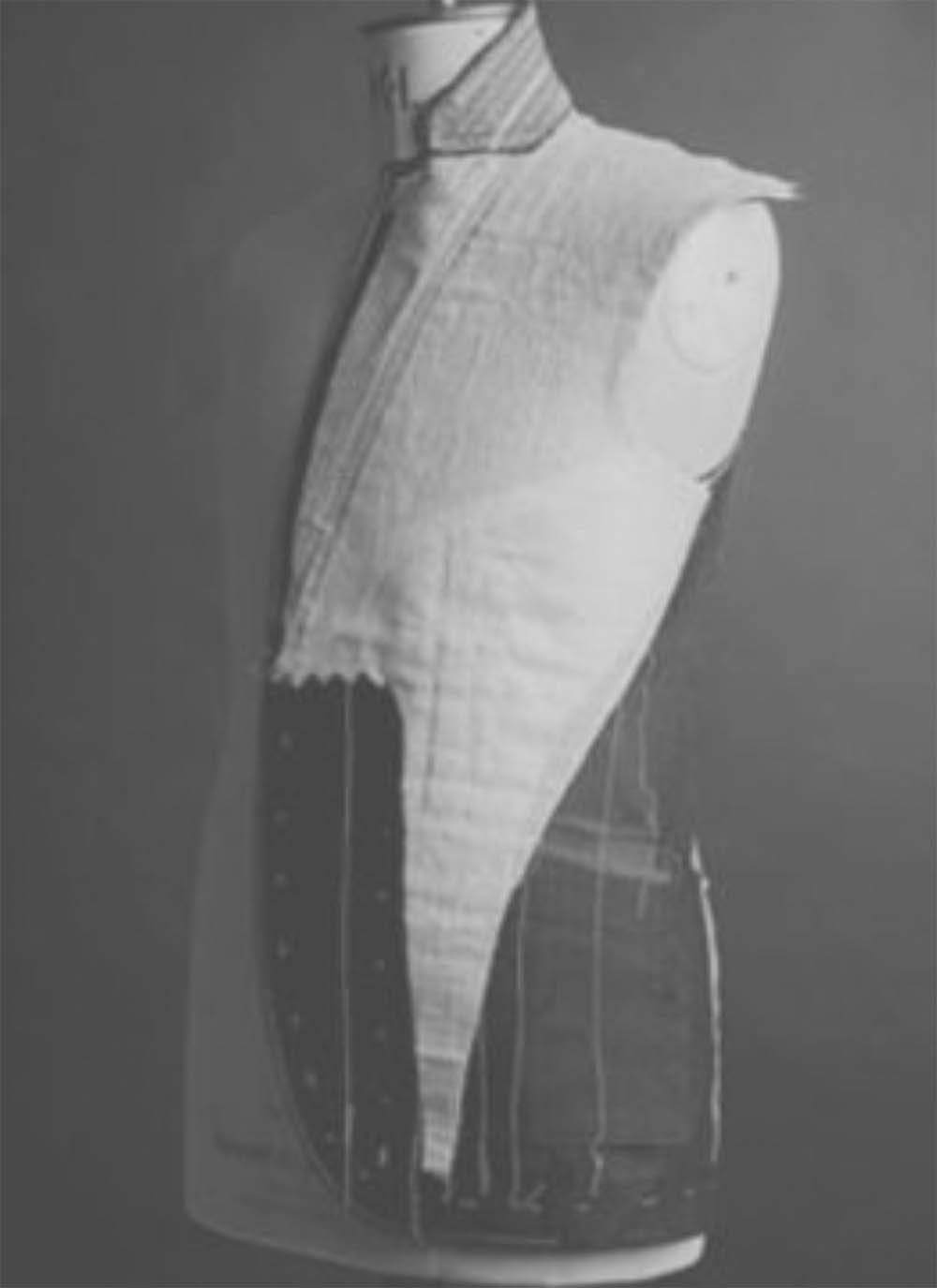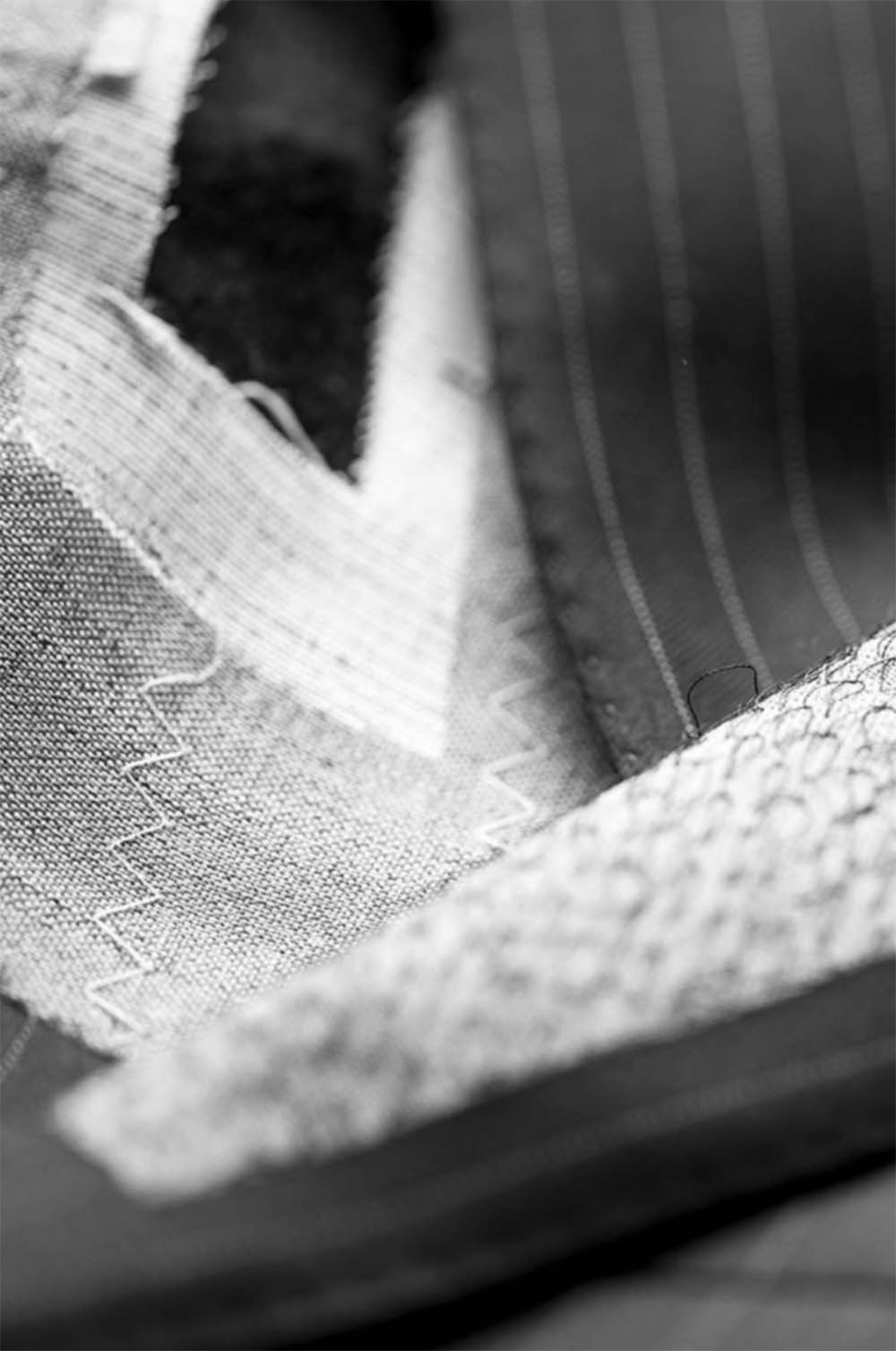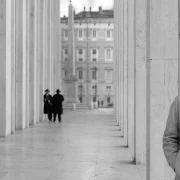Historically, there is only one way to build a jacket: by wearing it. This is the proced technique used by tailors which consists of mounting a jacket using a cloth made of plant or animal materials, such as a mixture of woolcontinuous growth fiber of animal origin (alpaca, camel, Kas More and horsehair or wool and camel.
This canvasthe tailor's cloth, placed between the lining and the outer More serves as a foundation by fixing and maintaining the various plastrons as well as an intermediate layer between the liningfabric that is used inside a garment More and the fabric that makes up a jacket.
Depending on the type of fabric chosen and its seasonality, the coating can be more or less thick. It covers the jacket from the top of the shoulder to the bottom of the sides of the jacket. This more or less rigid entoilage gives its shape the jacket, preventing it from deforming, even when it is not buttoned. The crin canvas is flexible, the jacket adtherefore quickly adapts to wearing habits, increasing the comfort it provides. Thus structured, the garment falls better.
Removing the reinforcement canvas
In the 1960s, thermocollage appeared due to a growing demand for lower-cost costumes. Giving a semblance of shape, the latter takes off
We are witnessing theuppressure of the most technical, sustainable, and labour-expensive part that is the lining by sticking the lining directly with the fabric. Giving a semblance of shape, the jackets created in this way come off, creating blisters on the lapels, sides and chest.
All the resilience of the garment is affected.
To tell the difference between these mounting methods, simply take the fabric at the bottom of the jacket by keeping one hand inside to hold the lining. Uthird layer must be felt. If this the latter is difficult to guess, or if the lining and fabric do not separate, it is a thermoglued garment.

entoilage. non daté.

deconstructed jacket, undated.

veste deconstruite. non daté.
- The Canadian Tuxedo
- The Car Coat « Weekend style with quiet confidence—the car coat speaks without spectacle. »
- A HISTORY OF MEN’S FASHION« Chenoune shows how menswear shifts between fashion and function, individuality and universality—a history that never ends. »
- COTTON« Soft, but with weight. Relaxed, but never shapeless. It carries memory in its creases. »



